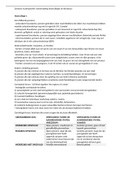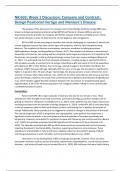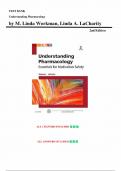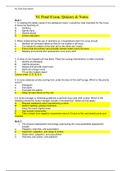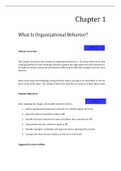Exam (elaborations)
Test Bank for Readings from Programming with C++, 1st Edition by Mcmullen (All Chapters included)
- Course
- Institution
Complete Test Bank for Readings from Programming with C++, 1st Edition by Kyla Mcmullen, Elizabeth Matthews, June Jamrich Parsons ; ISBN13: 9780357637753....(Full Chapters included and organized in reverse order from Chapter 31 to 1)...1. Computational Thinking 2. Programming Tools 3. Literals, V...
[Show more]





